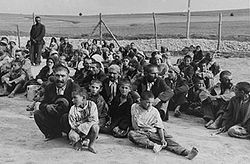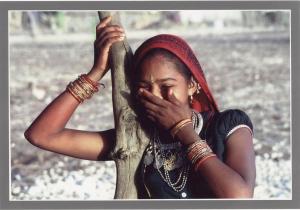Villages in Bihar have been lifted out of darkness with an uninterrupted, self sufficient power supply and the credit for this initiative goes to Gyanesh Pandey, the promoter of Husk Power Systems (HPS) that transforms piles of discarded rice husk to light up the villages. Partnering with his friends Ratnesh Yadav, Manoj Sinha, and Charles W Ransler, Pandey has established ‘green’ power plants in 120 villages across Bihar and 3 villages in Uttar Pradesh.
After research and experiments, the team decided that the most feasible way to provide power to the villagers who depended on agriculture would be to generate electricity from rice husk. Through this unique green technology, villages get uninterrupted power for up to 6-12 hours by setting up a plant, which burns rice husk to generate gas to run generators.
“Becoming an entrepreneur was an evolutionary process. I had a good life in America. I did not face any problems there, but I always had the feeling that I must do something for our villages. I do not feel as though I have made any sacrifice. Today, there is hardly anything I do other than work. It gives me the satisfaction no other job can ever give,” says Pandey who feels that India’s acute power crisis must be solved efficiently with renewable resources.
After resigning his job in the U.S., Pandey returned to his home state in 2007, as his idea was to provide power to villagers who depended on agriculture as their main occupation in a cost-effective and environmentally-friendly manner.
The company is set to make profits by the end of this year and plans to light up villages in other states like Maharastra, West Bengal, Uttar Pradesh, and Tamil Nadu. Providing electricity to villages across India is just the beginning of Pandey’s ambitious plan to transform rural India. The company has already taken up the initiative to educate 200 children from Tumkuha. @s1c
Read and post comments | Send to a friend



